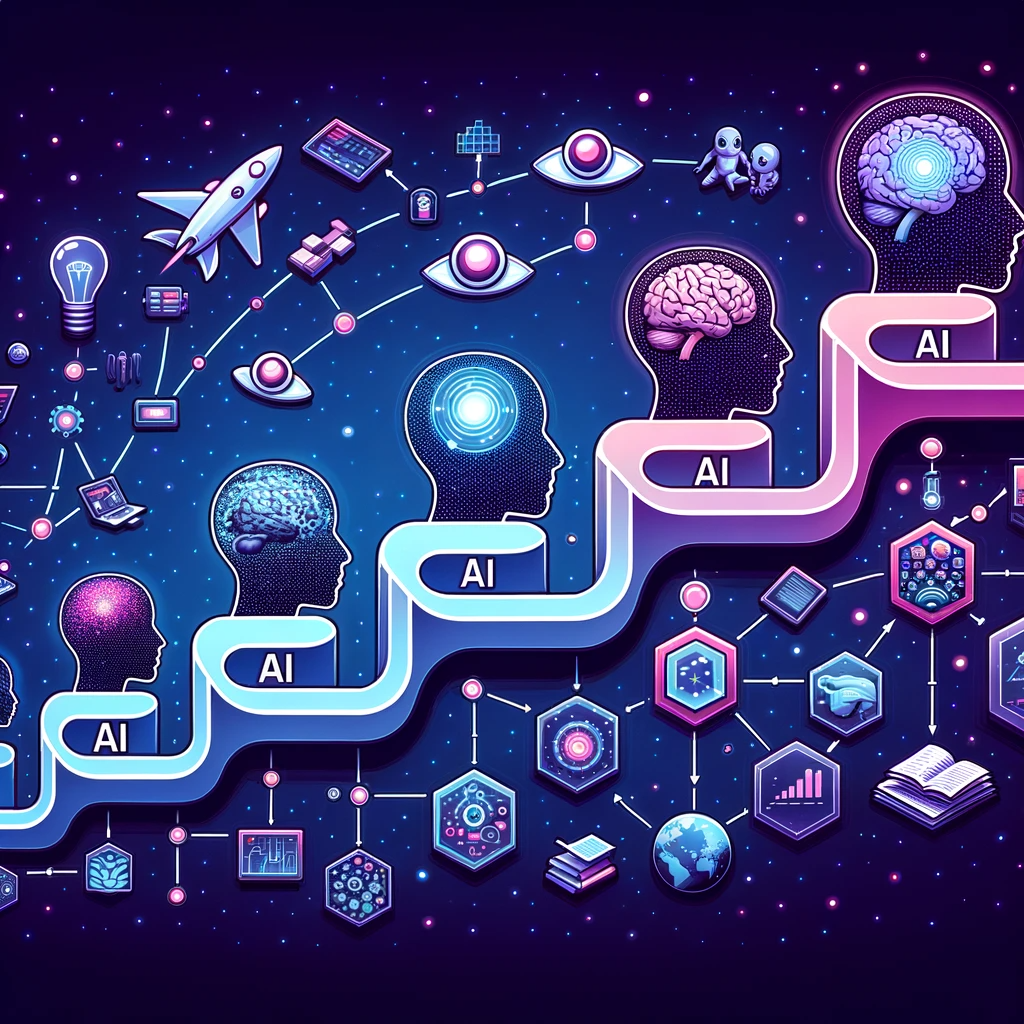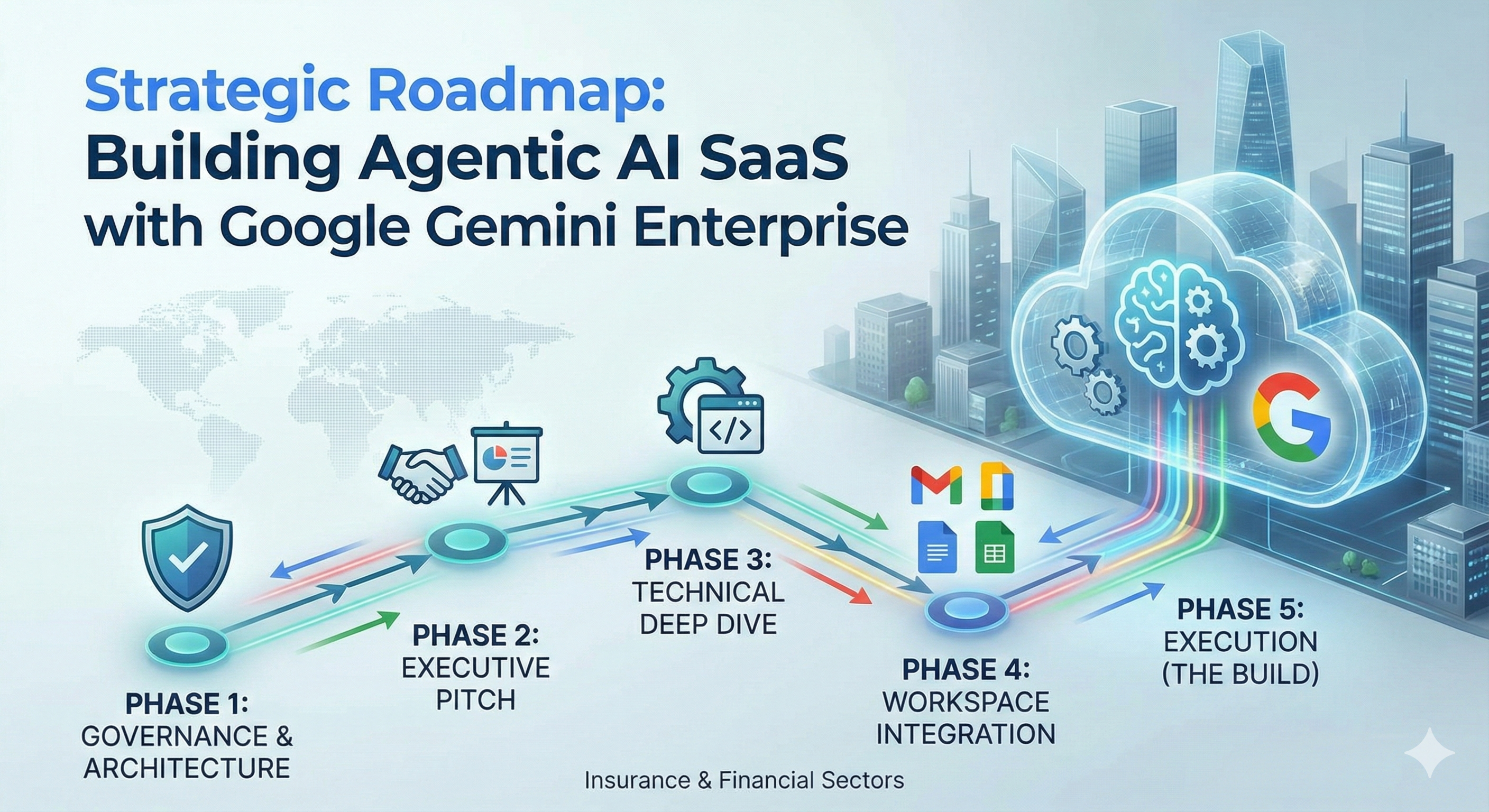Table of Contents
Introduction:
Explore AI Evolution’s top stages: from rule-based systems to quantum leaps in AI. Uncover the journey of artificial intelligence’s growth and future.
1. Rule-Based Systems:

Early AI was primarily based on predefined rules. These systems would execute commands based on a set of specific instructions. They were unable to learn from data or adapt to new situations.
Examples:
- Healthcare Diagnosis Tools: These are computer programs that can diagnose health conditions by following a set of “if this, then that” instructions.
- Tax Software: This kind of software helps you with your taxes by giving advice after you enter your financial details.
- Legal Advice Programs: These systems offer legal advice by using a collection of established rules and laws.
- Math Problem Solver for Students: It’s an app where students can type in math problems and get a step-by-step solution, all guided by a predefined set of rules.
Read More: “Demystifying AI Rule-Based Systems: A Deep Dive into the Heart of Classic AI”
2. Machine Learning:

This is where AI starts to learn from data. Instead of being explicitly programmed to perform a task, these systems use statistical techniques to learn patterns in vast amounts of data. This includes algorithms like linear regression, decision trees, and more.
Examples:
- Netflix Recommendations: Just like when a friend knows what movies you like, Netflix shows you new favorites based on what you’ve watched before.
- Email Spam Filters: Your email learns what you don’t like. When you tell it an email is spam, it gets better at keeping those out of your inbox.
- Machine Health Checks: In factories, special systems can tell when a machine is about to break down, just by looking at its past ‘health reports’.
- Smart Learning Programs: Imagine a math app that knows when you’re ready for harder problems, or a reading app that gives you stories that are just right for your level
Read More: Machine Learning (ML) Explored: An Adventure into Tech’s Cutting-Edge
3. Deep Learning:

A subset of machine learning, deep learning uses neural networks with many layers (hence “deep”) to analyze various factors of data. Deep learning can process a vast amount of data and is responsible for advancements in image and speech recognition.
Examples:
- Smartphone Face Unlock: Phones that open by looking at your face.
- Talking to Tech: Devices like Siri or Alexa that understand what you say.
- Instant Translator: Tools that change text or speech to another language quickly, like Google Translate.
- Smart Photo Sorting: Apps that sort your photos for you, finding ones with family, pets, or vacation scenes.
Read More: Deep Learning (DL): Deep Dive into AI’s Unraveling Tech Wonders in Everyday Moments
4. General AI:

This is the hypothetical next stage where AI would possess human-like cognitive functions. Such an AI would be able to perform any intellectual task that a human being can. It’s still a subject of research and debate.
Examples:
- All-in-One House Robot:
- Does housework
- Talks and keeps you company
- Teaches children
- Cooks various meals
- Robot Doctor:
- Diagnoses illnesses
- Performs operations
- Takes care of you after surgery
- Robot Study Pal:
- Helps with homework
- Plays educational games
- Discusses favorite books and movies
- Robot Personal Chef:
- Tastes and experiments with flavors
- Invents new recipes
- Cooks dishes from all over the world
.
Read More: AI General AI
5. Superintelligent AI:

This is an even more advanced form, where AI surpasses human intelligence and could potentially outperform humans in almost every field. It’s a concept that has both intrigued and alarmed AI researchers, ethicists, and other stakeholders.
Examples:
- A financial system: that uses lots of data to stop economic crises before they happen.
- An environmental system: that keeps the Earth’s resources in balance to stop climate change and protect nature.
- A farming system: that makes sure food is grown and shared in a way that no one goes hungry.
- A computer game world: that changes and develops as players make choices, giving everyone their own special story.
Read More: “Navigating the Neural Nebula of Superintelligent AI: Beyond Imagination”
6. Adaptive AI:

Systems that can not only learn from data but can also adapt to changing environments in real-time without the need for retraining. They could modify their own architectures or algorithms to best suit the evolving challenges they face.
Examples:
- Adaptive Traffic Systems: These systems automatically change to deal with things like car crashes or bad weather, so no one has to manually fix them.
- Smart Homes: Your home can change the lights, temperature, and security settings by itself, based on what it learns about what you do and the current conditions.
- Energy-Smart Cities: These systems watch how much electricity people use and when they use it. Then, they make sure electricity is shared out in the best way, depending on the need at the moment.
- Intelligent Flashcards: These study aids learn which topics you find hard and which you find easy. Then, they ask you questions at the right times to help you learn better.
Read More: Adaptive AI
7. Emotional AI:

Machines that can genuinely understand, interpret, and even exhibit human emotions. This goes beyond mere emotion recognition and delves into AI having its own set of emotions or at least emulating them convincingly.
Examples:
- Chatbots for customer service: that can figure out how you’re feeling from your messages and respond in a caring way.
- Children’s toys: that understand if a child is sad or happy and change what they do to cheer them up or keep them entertained.
- Chatbots for mental health: that can tell how you’re feeling and give you helpful advice right away.
- A diary app: that knows how you’re feeling from what you write and sends you kind words or something fun to do.
Read More: Emotional AI
8. Creative AI:

AI that can innovate, create art, literature, music, or even scientific theories without human intervention. While we have AI today that can generate art or music, this would be AI that truly understands creativity and can produce novel, valuable outputs.
Example:
- AI programs: that make new music or art, similar to Google’s DeepDream or Jukebox.
- Tools like OpenAI’s MuseNet: that create music in different styles.
- AI design software: that comes up with new building designs or fashion lines by looking at the latest trends.
- Drawing apps: that offer tips and feedback to help students get better based on their unique style.
Read More: Creative AI
9. Self-aware AI:

Systems that possess self-awareness, consciousness, or a sense of self. This would be AI that has introspection capabilities and can understand its existence, purpose, and even question its directives.
Example:
- A robot: that thinks about whether it should turn off when you ask it to.
- A helper robot: that uses its past actions and programming to tell you what it likes.
- An AI therapist: that considers its own biases and past to decide how to give the best advice.
- A virtual pet game: where the pet seems to have its own thoughts and feelings based on how you play with it.
Read More: Self-aware AI
10. Co-evolving AI:

AI systems that can work alongside humans to co-evolve, meaning both humans and AI learn from each other, leading to a symbiotic relationship where both entities grow together.
Example:
- Factory robot arms: that learn from workers to help increase how much gets done.
- Digital helpers: in classrooms that change based on what students say, helping teachers improve lessons.
- Training programs: for doctors that learn from their methods and give advice, making both the AI and the doctors better.
- Science project tools: that let students set up tests and get AI feedback, which also learns from the students’ ideas.
.
Read More: Co-evolving AI
11. Decentralized AI:

Systems that operate without a central control, spreading intelligence across nodes, much like a decentralized blockchain system. This could make AI more robust, transparent, and less susceptible to single points of failure or bias.
Example:
- Blockchain-based AI models: for transparent and tamper-proof supply chain management.
- Peer-to-peer lending platforms: that use decentralized AI algorithms to assess credit risk based on transparent and verifiable data
- Crowd-sourced traffic information systems: where decentralized nodes (vehicles) share real-time traffic data to optimize routes.
- A school project collaboration tool: where each student’s device acts as a node, allowing for real-time collaborative editing without a central server..
Read More: Decentralized AI
12. Ethical AI:

Machines that not only understand human ethics but can also participate in ethical debates, help in refining ethical guidelines, and ensure that their actions are always within the bounds of accepted moral frameworks.
Examples:
- Self-Driving Car Choices: Cars that drive themselves have smart systems to make tough choices during accidents, thinking about what’s fair and right.
- Fair Hiring by AI: Tools that help companies hire people use AI to avoid unfair bias, making sure they consider a wide range of job applicants.
- Ethical News by AI: AI helps journalists make sure their news stories are balanced, true, and free from slant.
- Story App with a Conscience: An app for writing stories that encourages students to look at different sides of a story and think about right and wrong.
Read More: Ethical AI
13. Quantum AI:

Leveraging the principles of quantum mechanics to build AI systems that can process information at unprecedented speeds and tackle problems currently considered unsolvable.
Examples:
Drug Discovery:
- Quantum computers can be used to simulate complex molecular structures at speeds traditional computers can’t achieve. This could lead to the discovery of new drugs and treatments for diseases.
- For example, a quantum computer could be used to simulate the interactions between a drug molecule and a disease-causing protein. This simulation could help scientists identify drugs that are more likely to be effective in treating the disease.
Optimization:
- Quantum-enhanced optimization algorithms can be used to optimize complex logistics and distribution networks in real-time. This could lead to more efficient and cost-effective transportation and delivery of goods.
- For example, a quantum computer could be used to optimize the routing of delivery trucks in a city. This could help to reduce the time and cost of delivering goods, and it could also help to reduce traffic congestion.
Security Systems:
- Quantum-enhanced security systems can encrypt data in ways that are nearly impossible for traditional computers to breach. This could protect sensitive information from theft and unauthorized access.
- For example, a quantum computer could be used to create a new type of encryption that is based on the principles of quantum mechanics. This encryption would be much more difficult to break than traditional encryption methods.
Read More: Quantum AI
Read More:
Deep Learning: Deep Dive into AI’s Unraveling Tech Wonders in Everyday Moments
Machine Learning: Exploring Tech’s Greatest Adventures
Reference:
https://en.wikipedia.org/wiki/Timeline_of_artificial_intelligence
https://en.wikipedia.org/wiki/Artificial_intelligence



